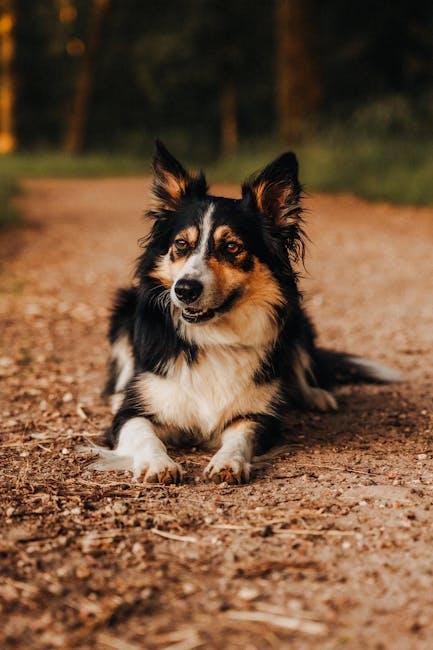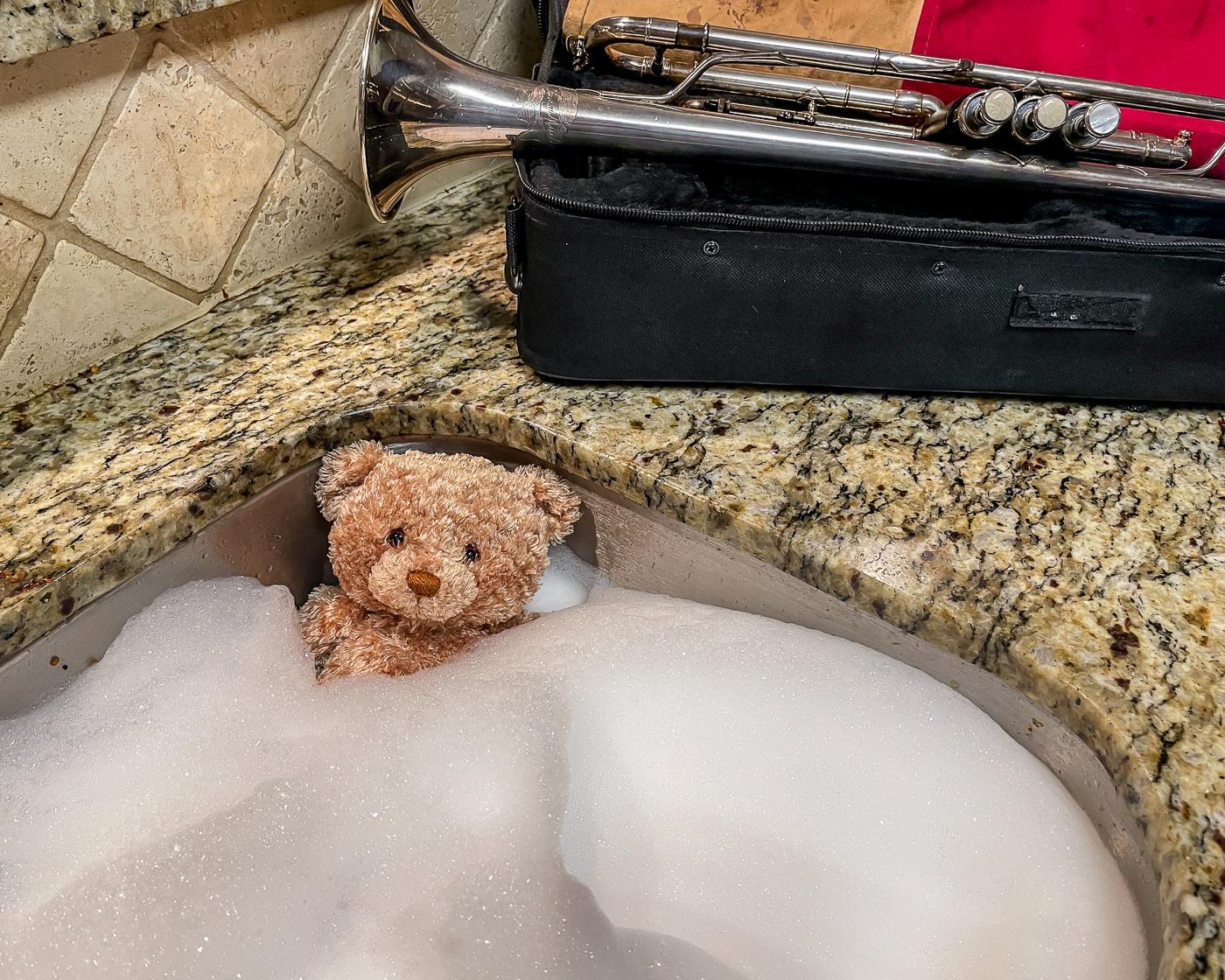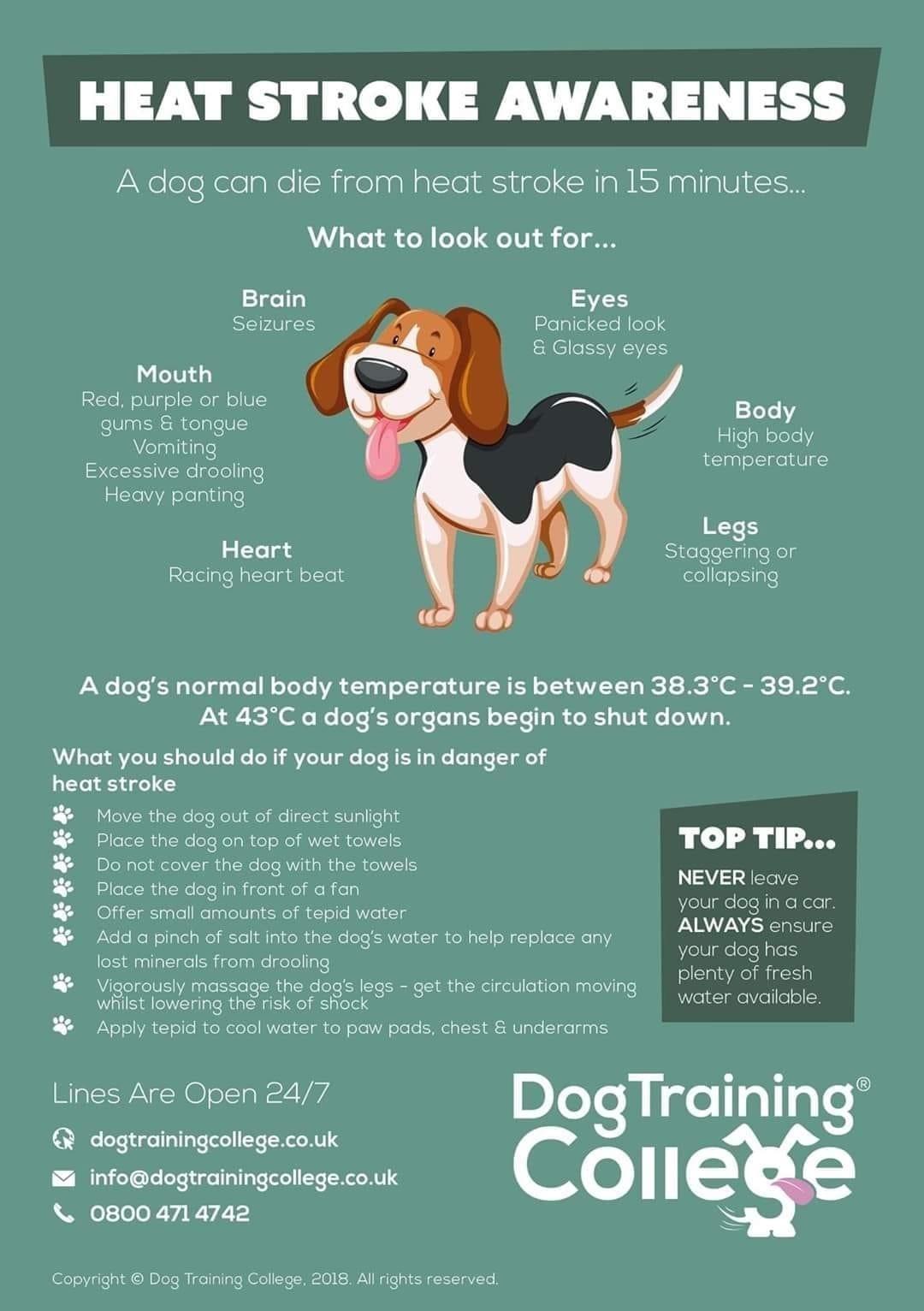When the summer sun blazes overhead, it’s not just humans who feel the heat—our furry friends are also at risk. As temperatures rise, so does the possibility of heat exhaustion, a serious condition that can affect dogs of all breeds and sizes. As a caring pet owner, it’s essential to recognize the signs and know how to respond swiftly to ensure your beloved companion stays safe and healthy. In this article, we’ll guide you through the steps to take if your dog shows symptoms of heat exhaustion, empowering you to act confidently and effectively. With the right knowledge and a gentle touch, you can help your canine friend recover and enjoy those sunny days to the fullest.
Recognizing the Signs of Heat Exhaustion in Your Furry Friend
Our canine companions rely on us to keep them safe and healthy, especially during the sweltering summer months. It’s crucial to be vigilant for the subtle and not-so-subtle signs that your dog might be struggling with heat exhaustion. Early recognition is key to preventing more severe conditions like heat stroke.
- Excessive Panting: While panting is normal, heavy and rapid breathing can indicate your dog is overheating.
- Increased Drooling: Keep an eye out for unusually thick or sticky saliva.
- Fatigue or Weakness: If your normally energetic pup seems unusually lethargic, it’s time to cool them down.
- Disorientation: Confusion or stumbling could mean your dog is struggling to cope with the heat.
- Vomiting or Diarrhea: These are serious signs and require immediate attention.
- Bright Red or Pale Gums: Check your dog’s gums; they should be a healthy pink color.
By understanding and identifying these signs, you can take prompt action to ensure your furry friend remains safe and comfortable. Remember, prevention is always better than cure, so keep your dog hydrated and avoid strenuous activities during peak heat hours.

Immediate Steps to Cool Down and Comfort Your Dog
When you suspect your furry friend is experiencing heat exhaustion, it’s crucial to act swiftly to bring them relief. Begin by moving your dog to a shaded or air-conditioned area to lower their body temperature. If indoors, place them in front of a fan or near an air conditioning vent. Avoid ice-cold water, as it can shock their system; instead, use cool water to gently wet their fur. A damp towel or sponge can be particularly soothing when applied to their belly, paws, and ears.
- Offer small sips of fresh, cool water. Do not force them to drink, but encourage them gently.
- Monitor their breathing and look for signs of distress, such as excessive drooling or panting.
- If possible, use a thermometer to check their temperature. A normal range for dogs is between 101°F and 102.5°F. If it exceeds this, consider contacting a veterinarian.
Throughout the process, maintain a calm demeanor to avoid causing additional stress to your pet. Your soothing presence can be just as comforting as the practical steps you’re taking to help them recover.

Hydration and Nutrition Tips to Support Recovery
Ensuring your furry friend gets the right balance of hydration and nutrition is crucial for a speedy recovery from heat exhaustion. Hydration is your first line of defense. Always provide fresh, cool water and consider adding a pinch of low-sodium chicken broth to make it more enticing. For an extra boost, try offering ice cubes made from diluted electrolyte solutions, which can help replenish lost minerals.
When it comes to nutrition, focus on easily digestible foods that are rich in essential nutrients. Some options include:
- Boiled chicken breast mixed with plain rice or sweet potatoes
- Canned pumpkin, which is soothing for their stomach
- Small amounts of plain yogurt for probiotics
Always keep portions small and feed them more frequently to avoid overwhelming their system. Monitoring your dog’s intake and ensuring they don’t overeat is just as important as what they eat. By keeping these tips in mind, you can help your dog bounce back with energy and vitality.

Preventing Future Heat Exhaustion with Simple Lifestyle Changes
Making a few simple adjustments in your daily routine can significantly reduce the risk of heat exhaustion for your furry friend. Stay hydrated by ensuring your dog always has access to fresh, cool water. Consider adding ice cubes to their water bowl during hotter months for an extra cooling effect. Choose the right time for walks—early mornings or late evenings when the temperatures are lower can help prevent overheating.
Incorporate these lifestyle changes to keep your dog comfortable and safe:
- Provide Shade: Ensure your dog has a shaded area to rest if they spend time outside.
- Cool Down Techniques: Use damp towels or cooling mats to help lower their body temperature.
- Grooming: Regular grooming helps remove excess fur, reducing heat retention.
- Limit Exercise: Avoid strenuous activities during peak heat hours.

